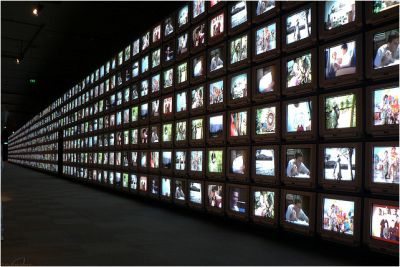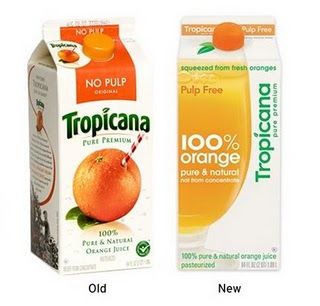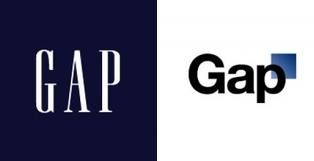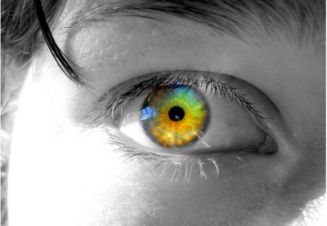![]()
You are welcome to share your thoughts on this article written by Cheryl Swanson, Founding principal at Toniq llc, NYC
As consumers, our attention spans are getting shorter and shorter. We are inundated by brands—on the shelf, in print, on television, on our phones and computers, on coffee cups, napkins, billboards, trash cans, t-shirts, cars, just about everywhere we turn. Most of us have become desensitized pedestrians in this ad-blanketed world that we need to be visually stimulated to keep our attention, even for a few seconds.
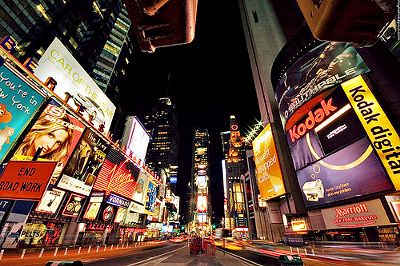
Photo of Times Square © heymynameispaul (flickr)
Did you know?
On the record, we are becoming more inattentive, over-active, and impulsive. It is becoming harder and harder to catch and keep our attention. The Center for Drug Control (CDC) estimates that 5.3 million, or 8.6%, American children age three to 17 have been diagnosed with Attention Deficit Hyperactivity Disorder (ADHD). And, it is estimated that 4.7% of adults in America currently live with ADHD. These numbers are growing each year.
To further exasperate our shorter attention spans, we also have a lot more stuff to choose from. In the US, we have over 400 different types of cereal, 1000 types of potato chips, 240 types of toothpastes, and over 800 types of shampoos. The average, American visits the grocery store at least twice a week, that’s a lot of product to choose from and a lot of decisions to make!
Finally, when we are home, we can’t escape brands and their messages. According to the Nielsen ratings system, the average length of commercials in the U.S. today is 30 seconds. Commercials take up approximately 18 minutes of airtime from one-hour programs. That’s about 36 commercials an hour!
So ask yourself…
In this age where consumer’s minds are skipping faster and faster from one thing to the next, how can marketers keep their brands top-of-mind and in the cart? Look at your brand and ask, Are we still fresh? Do we stand out on the shelf? Are we capturing the attention of the consumer? Are we connecting with the consumer on multiple levels? And ultimately, are they buying our goods? If you pause to think, it’s time to Look, Listen and Connect.
Look, Listen and Connect
Consumers notice everything! Whether it’s a minor package change from matte to gloss, new colors, shapes, ingredients, etc. Be warned, they know. And consumers have a louder voice today than ever-before with twitter, Facebook, blogs, forums, texting, and so on, when it comes to what they think about your brand. They will use their voice and share their opinions, so it is best to get it right the first time—after all, first impressions make lasting impressions.
LOOK: Visit the store and observe. Do people pass your product up for a competitor’s? Why? Spend time observing consumers. Go online and see what they are saying, read the forums, blogs, twitter feeds and Facebook fan pages. You will be surprised. Consumers are more passionate users than you probably think. There is a soundboard for just about anything – which toilet paper is most absorbent, who makes the best frozen perogies, what is the best razor for shaving your head?
Currently there are over 500 million active users on Facebook spending over 700 billion minutes per month on Facebook and an average of 460,000 new Twitter accounts and over 140 million tweets a day (source).
LISTEN: Really listen to what consumers are saying. Some of the best ideas will come directly from your consumers. If consumers all of a sudden say they want Pepto Bismal to change the color of their formula from its iconic pink to blue, and it was effecting sales, hopefully someone on the totem pole at Procter & Gamble would say, hey we need to look into this! Okay, we know Pepto will always be “Pepto Pink,” but look at what happened to Tropicana and Gap.
When Tropicana introduced a new package for their line of orange juice (2009) consumers were so outraged by the new design—calling it “ugly” or “stupid” and resembling “a generic bargain brand” or a “store brand”—that PepsiCo Americas Beverages, the parent company, quickly returned to the classic orange with a straw package. It didn’t take long, but it did cost the company millions.
And what about Gap’s failed logo redesign? In October 2010, Gap introduced a new logo on its website. Immediately, they received such negative feedback that the company in-turn asked people to submit their ideas. This apparent “crowd-sourcing” scheme was negatively criticized and debated. By the end of the month, Gap buried the new logo and returned to the old, but in that month they lost the respect of many loyal consumers.
So what does this say about listening? Your consumers will not refrain from letting you know what is not working, whether it’s your brand or a competitor’s. So take the time to listen. With the myriad of platforms for consumers to make their voices heard, the old saying, “there’s no such thing as bad publicity” is no longer true. In an age when the consumer’s voice spreads quickly, the results can mean lost sales and brand loyalty. Hopefully, looking and listening first will keep your brand from becoming the next Tropicana or Gap.
CONNECT: After all, consumers are human beings and we all desire emotional connections to people, brands and products. Visual stimulation is a brand’s first and most important point of contact to create an emotional connection with the consumer. We are a sight driven species, 80% of our experiences are filtered through our eyes and 70% of our sense receptors are in our eyeballs. We remember color first, shape a close second, numbers third, and words last. This is why visual positioning is so important to any brand. And as marketplace changes, consumer-shopping behaviors shift, trends ebb and flow; brands must keep their visual positioning current and relevant to the consumer.
How many times have you walked into the grocery store with a list of things you need and walked out with a cartful of other goods as well? Most likely you were first drawn to the packaging—the colors, the shape, the material, and so on. And, once you locked your eyes on it, you then began to decipher the product. And once you had been captivated, you were connected. Then you think, why not? Throw it in the cart.
It is our philosophy as brand experts to look, listen and connect. We fully immerse ourselves in the brand culture and evaluate the brand from a consumer perspective. We explore the trends around us, then develop a brand essence and visual positioning, including a visual language to better communicate and connect with the consumer.
THE RESULT The right consumer research and visual positioning can renew interest in the brand. Consumers will feel that you have listened and that you care. So Look, Listen and Connect. This may be the most important thing you can do for your brand.
Please visit our website, www.toniq.com, to see case studies or email us at info@toniq.com for more information.
About the Author
Ms. Swanson founded Toniq in 1999 after leading several design firms to world-class status with her emotions-based, visual approach to brand strategy development. At Toniq, she continues to evolve her strategic expertise by seeking new ways to connect with consumers.
Swanson’s years of trend tracking, design management and research have coalesced in a theory of “Brand Effervescence ™” an innovative approach to brand building. This image-based approach is a synthesis of cultural anthropology, consumer trends research, marketing and design, and a study of the psychology of symbolism and color.
